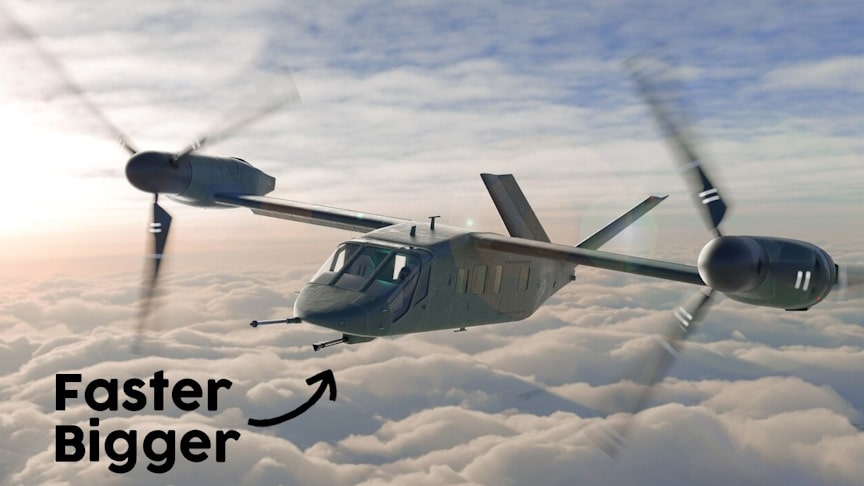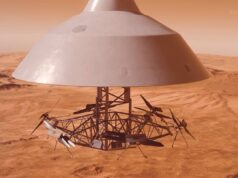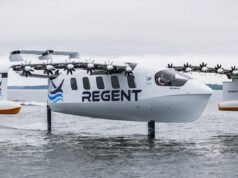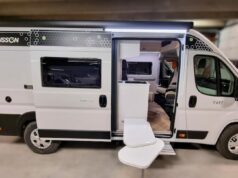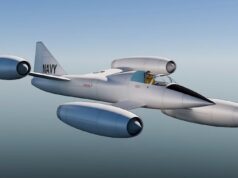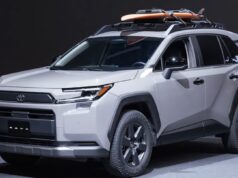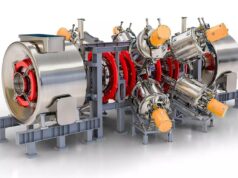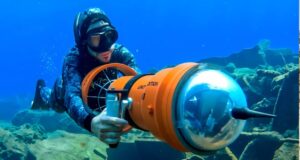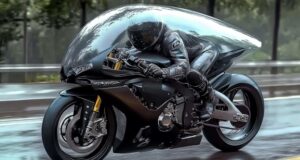The Bell V-280 Valor is a tiltrotor aircraft being developed by Bell Helicopter for the United States Army’s Future Vertical Lift (FVL) program. The aircraft was officially unveiled at the 2013 Army Aviation Association of America’s Annual Professional Forum and Exposition in Fort Worth, Texas. The V-280 is designed for a cruising speed of 280 knots 520 km/h, hence the name V-280. It has a top speed of 300 knots 556 km/h, a range of 2,100 nautical miles, and an effective combat range of 500 to 800 nmi 930 to 1,480 km.
source.image: Found And Explained
- Crew: 4
- Capacity: 14 troops
- Length: 15.4 m
- Width: 24.93 m
- Height: 7 m
- Empty weight: 8,200 kg
- Max takeoff weight: 14,000 kg
- Powerplant: 2 × Rolls-Royce AE 1107F[58] turboshaft
- Propellers: 10.7 m diameter
Expected maximum takeoff weight is around 30,000 pounds 14,000 kg.One major difference from the earlier V-22 Osprey tiltrotor is that the engines remain in place while the rotors and drive shafts tilt. A driveshaft runs through the straight wing, allowing both prop rotors to be driven by a single engine in the event of engine loss. The V-280 will have retractable landing gear, a triple-redundant fly by wire control system, and a V-tail configuration.
Although the initial design is a utility configuration, Bell is also working on an attack configuration. Whether different variants of the V-280 would fill utility and attack roles or a single airframe could interchange payloads for either mission, Bell is confident the Valor tiltrotor platform can fulfill both duties. The U.S. Marine Corps is interested in having one aircraft to replace utility and attack helicopters, but the Army, which leads the program, is not committed to the idea and wants distinct platforms for each mission.
Advertisement
The V-280 prototype was powered by the General Electric T64. The specific engine for the model performance specification (MPS) was unknown at the time, but has funding from the Army’s future affordable turbine engine program. The V-tail structure and ruddervators, made by GKN, will provide high levels of maneuverability and control to the airframe. It will be made of a combination of metals and composites.

